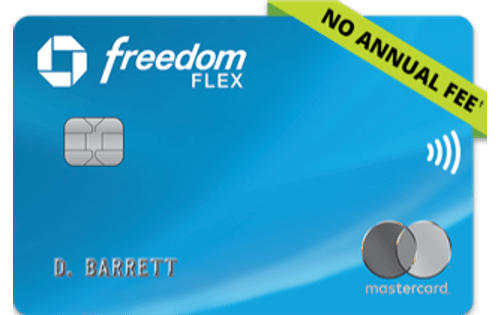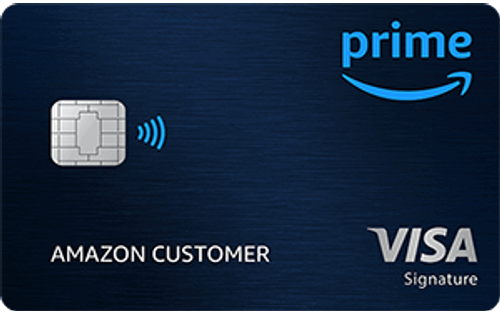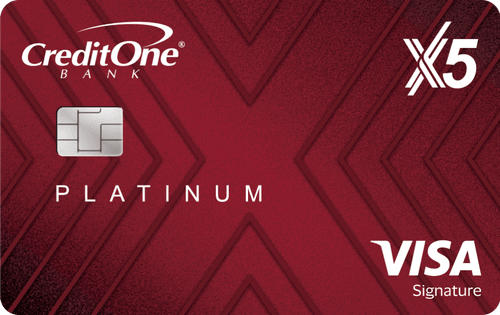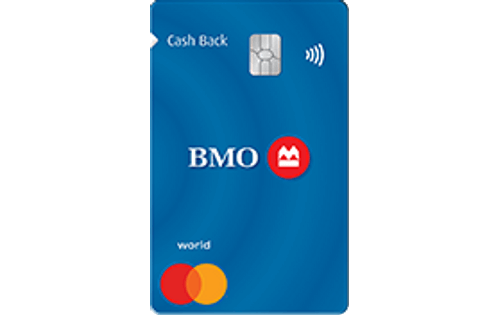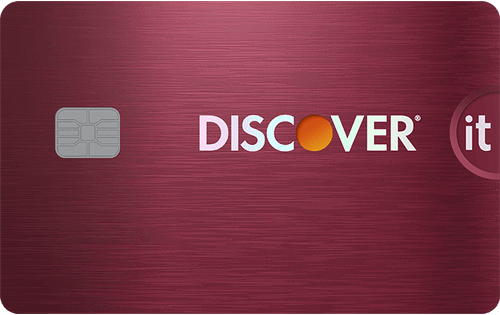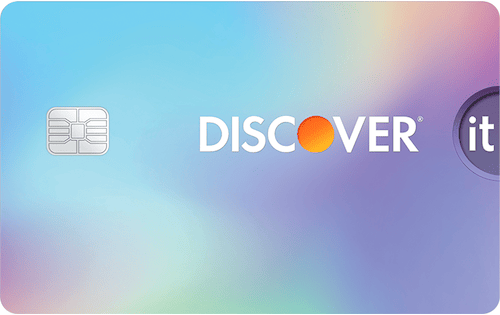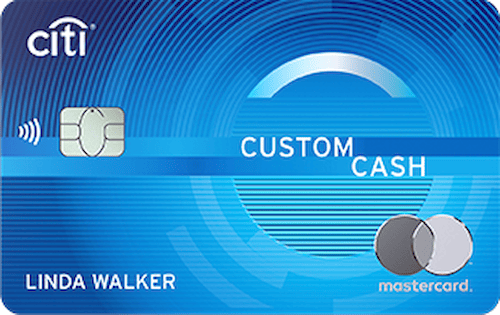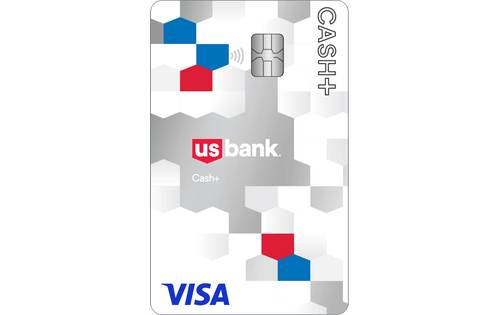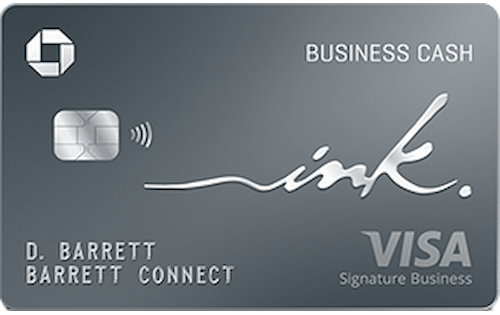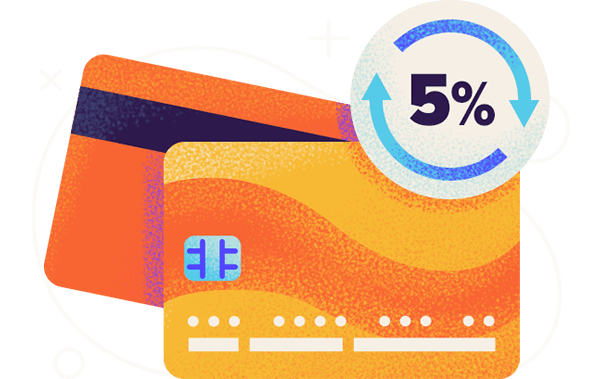 The best 5% cash back credit cards are U.S. Bank Cash+® Visa Signature® Card and Chase Freedom Flex® Credit Card. These 5% cards stand out because of their $0 annual fees and other great rewards that support their 5% bonus categories, which may require activation.
The best 5% cash back credit cards are U.S. Bank Cash+® Visa Signature® Card and Chase Freedom Flex® Credit Card. These 5% cards stand out because of their $0 annual fees and other great rewards that support their 5% bonus categories, which may require activation.Those aren’t the only attractive offers available, though. You can see how the rest of the top options compare below.
Best 5% Cash Back Credit Cards Comparison
| Credit Card | 5% Categories | Annual Fee | Min. Credit Needed |
| U.S. Bank Cash+® Visa Signature® Card | 2 categories you choose from a list of options | $0 | Good |
| Chase Freedom Flex® Credit Card | Rotating categories* and travel | $0 | Good |
| Chase Freedom Unlimited® | Travel | $0 | Good |
| Discover it® Cash Back | Rotating categories* | $0 | Good |
| Ink Business Cash® Credit Card | Office supplies and internet, cable and phone services | $0 | Good |
Before applying for a 5% credit card offer, make sure that you understand exactly what, if anything, is required of you in order to qualify for the 5% rate. In some cases, you might have to activate new 5% cash back categories each quarter, for example. You can learn more about choosing and using 5% rewards cards below.
How to Choose a 5% Cash Back Credit Card
1. Check your credit score
Your credit score will dictate which credit card offers to focus on. You will have the most options if you have a good to excellent credit score of 700+. On the other hand, you’re unlikely to have any 5% cards to choose from if you have a bad credit score (under 640) or you have limited credit history. You can check your current credit score for free right here on WalletHub.
2. Decide how you want to use the card
Do you plan to use the card for everyday spending? Or do you only wish to whip it out when you’ll earn 5% back on a particular purchase?
If you want to make the card your everyday workhorse, you should consider its minimum rewards rate in addition to its bonus rewards. After all, if you’re only going to earn 1% back on most purchases you plan to make, you could be leaving money on the table compared to a card that gives 2% cash back across the board.
If you already have a good everyday rewards card and you plan to use your new card solely for purchases eligible for the 5% rewards rate, focus on comparing the categories that will earn you 5% back as well as any earning or spending limits that might apply to the bonus rewards.
3. Identify your biggest expense categories
Ideally, you’ll earn 5% back on purchases in your biggest, most frequent spending categories. This will allow you to maximize how much you save and will help you benefit on a regular basis.
You may not find a card that gives 5% back on your biggest expenses, but having a wish list will make it easier to whittle down your options. It will also give you the chance to compare your top expenses to a card’s 5% rewards calendar, if you’re considering getting a card with rotating bonus rewards categories. Plus, you can look into whether you’re able to use a credit card for some of your recurring expenses that you currently use other payment methods for.
4. Determine whether you can ignore interest
If you’re always going to pay your monthly statement balance in full by the due date, interest charges won’t apply, and you can exclude them from your comparison.
If you expect to carry a balance from month to month, interest will likely be even more important than rewards – assuming you use the same card for financing purchases and earning 5% back.
5. Factor in annual fees
It’s important to consider the value you expect to earn from a card after factoring in annual fees. For one thing, you need to make sure you’ll earn enough rewards to cancel out any annual fees a card might charge. An annual fee could also change a card’s value proposition significantly, turning what seems like your best option into a middle-of-the-road choice.
6. Estimate your earnings with your top choices
When you have a short list of cards you’re considering, estimate how much each will save you over the course of a year or two. You can do so by applying your expected spending to each card’s rewards framework, then subtracting annual fees and any interest charges you expect. This process should make it clear which card will save you the most money.
Alternatively, if you really want to make things easy, you can simply apply for WalletHub’s pick for the best 5% card in your biggest spending category. We compare 1,500+ cards to make our picks.
How to Maximize Your Rewards With Rotating Bonus Categories
Some credit cards give 5% back in spending categories that change on a quarterly basis. Maximizing your rewards with these cards isn’t as simple as it is with normal rewards cards, but we’ve got some tips that should help.
Check the rewards calendar
Credit cards with rotating 5% categories usually have a calendar that tells people what purchases currently qualify for the 5% rate, what 5% categories are coming up in the future, and when you have to activate new categories to be eligible. Staying up-to-date with this calendar will help you avoid overlooking something important.
Set alerts
Setting up notifications reminding you to register for your card’s new quarterly bonus categories minimizes the odds that you’ll forget.
Don’t force it
Don’t use rewards as an excuse to overspend. If you don’t really need something and you weren’t planning to buy it before it became eligible for 5% rewards, think long and hard before pulling the trigger on the purchase.
Avoid interest charges
Credit card interest rates are a lot higher than 5%, so accruing interest charges by carrying a balance from month to month will swallow up your savings and then some. The best approach is to set up automatic monthly payments for your full statement balance. That will help you avoid interest with minimal effort.
Use a separate credit card for everyday purchases
Credit cards with 5% rewards rates only reward you at that lofty level when you make certain types of purchases. Most give 1% back on most things you can buy. But you can pair a 5% card with a card that gives 1.5% to 2% cash back on all purchases, allowing you to always get above-average rewards. Having multiple cards can also help you get the best possible initial bonus and the longest 0% interest promotion, since you won’t have to look for everything in a single package.
Methodology for Selecting the Best 5% Cash Back Credit Cards
To identify the best 5% cash back credit cards, WalletHub’s editors compare more than 1,500 credit card offers to first determine which cards offer at least 5% back in at least one major purchase category. We then compare the eligible cards based on how much of the average person’s spending would earn 5% back and how much total rewards value the average person would earn over the course of two years, after subtracting any fees.
In addition to 5% rewards rates and annual fees, we take into account approval requirements and the type of cardholder each offer is intended for. In the interest of not excluding cards with great terms unnecessarily, we do not automatically rule out cards offering rewards in the form of points or miles. Rather, we factor the cash value and ease of conversion into our final selection of the best 5% credit cards, alongside other relevant WalletHub Rating components. We also update our picks whenever new offers come about or existing offers change substantially.
How Two-Year Cost Is Calculated
Two-year cost is used to approximate the monetary value of cards for better comparison and is calculated by combining annual and monthly membership fees over two years, adding any one-time fees or other fees (like balance transfer fees), adding any interest costs, and subtracting rewards. Negative amounts indicate savings. When fees or other terms are presented as a range, we use the midpoint for scoring purposes.
Rewards bonuses and credits have been taken into account for two-year cost calculations. However, bonuses applicable to only a very small portion of cardholders are not considered. For example, credits and bonuses awarded for spending or redeeming rewards through a company portal with non-co-branded cards have not been taken into account. Similarly, bonuses and credits related to spending with specific merchants using a non-co-branded card have not been taken into account (for example, if Card A offers credits with DoorDash, this feature would not be factored into calculations because it is hard to assess how many cardholders would use the benefit or exactly how much value they'd get from it).
Cardholder Spending Profiles
Given that different users have different goals and are likely to use their credit cards differently, we identified spending profiles that are representative of the most common financial priorities and behaviors. For each cardholder type, we have assumed a specific amount of monthly spending by purchase type (e.g., groceries, gas, etc.), as well as an average balance, balance transfer amount, amount spent on large purchases and average monthly payment. Spending assumptions are based on Bureau of Labor Statistics data for consumers and PEX data for businesses.


